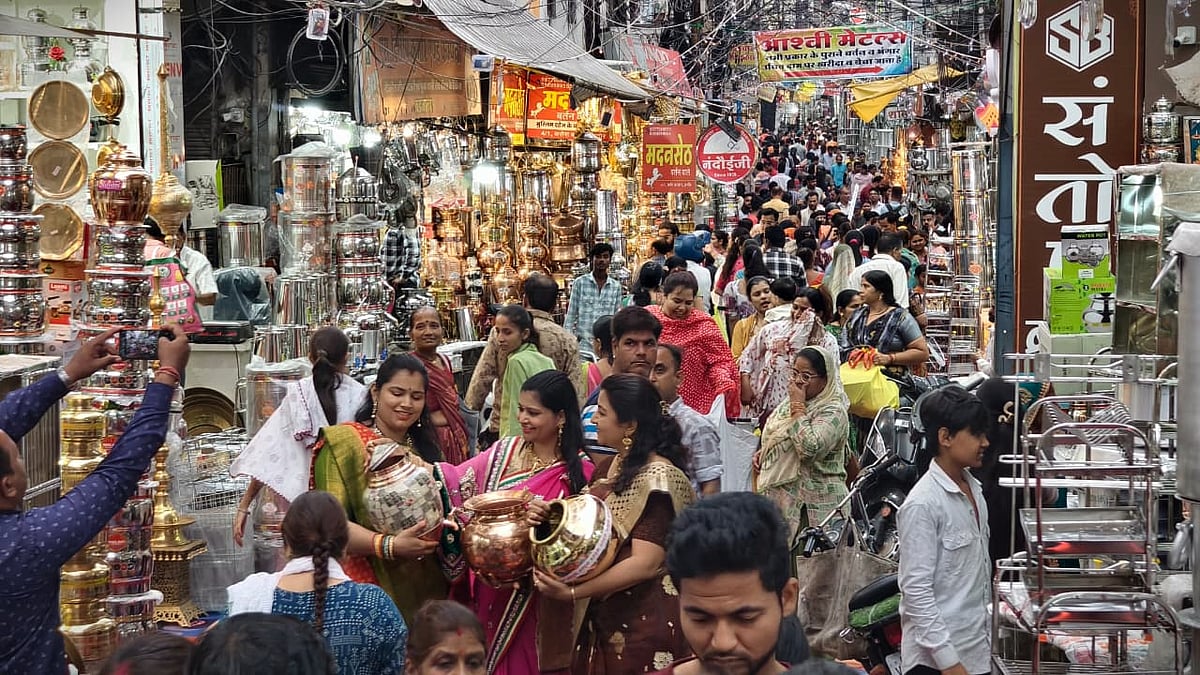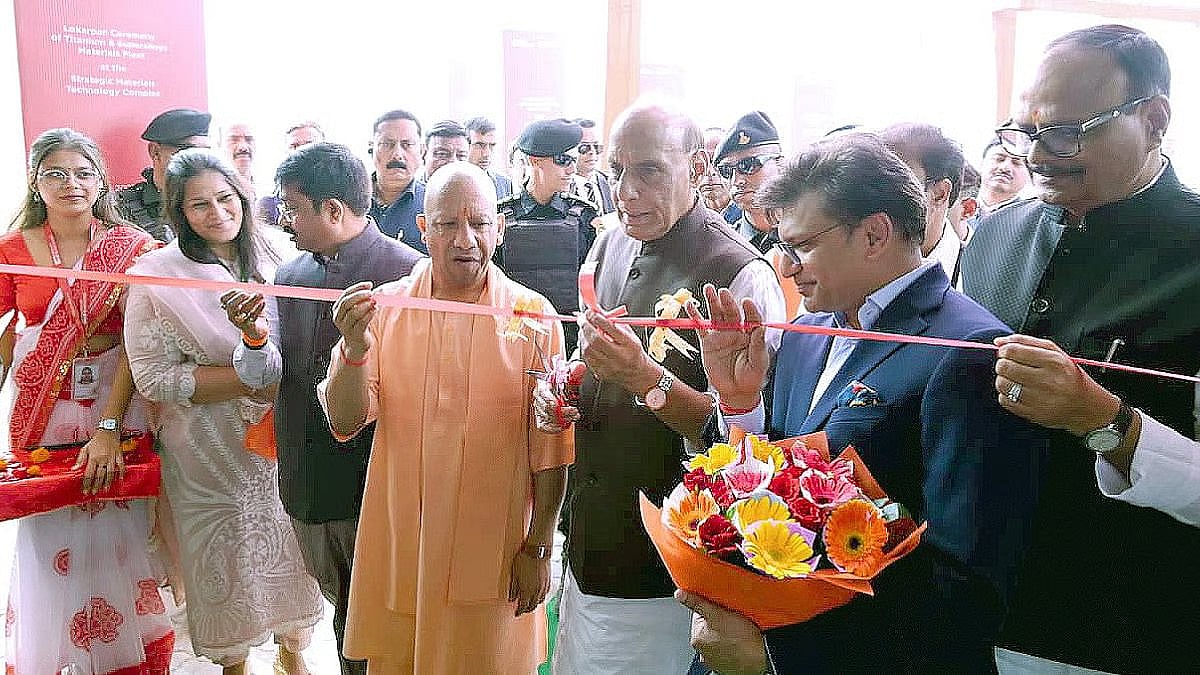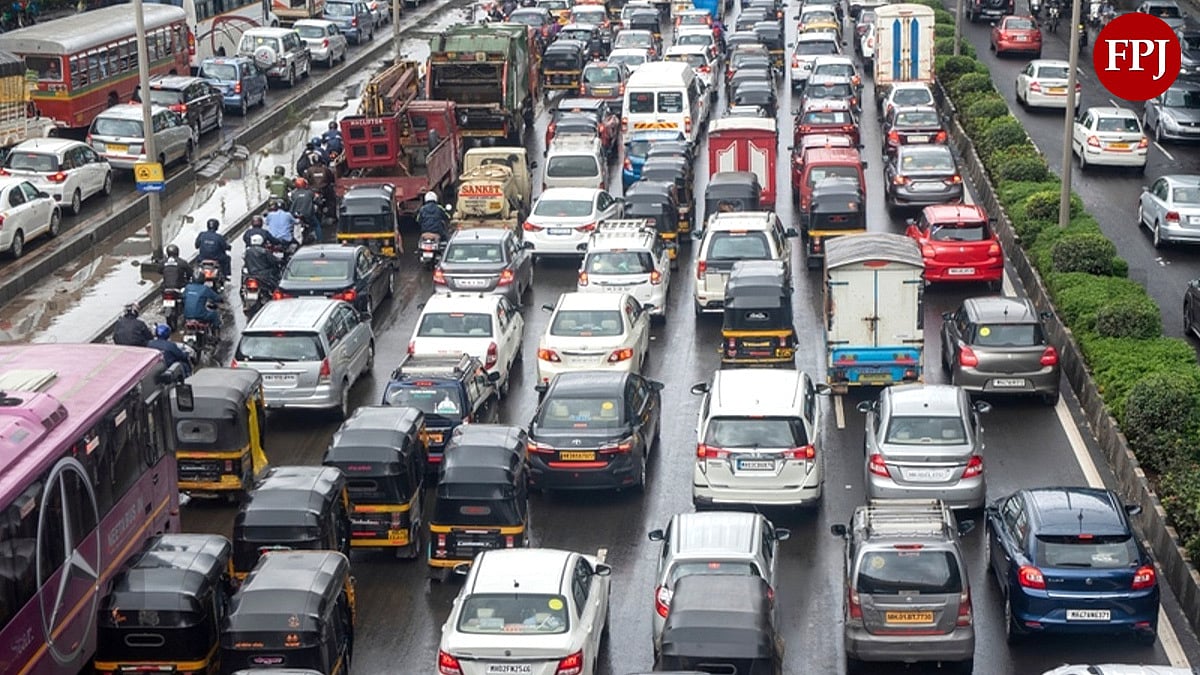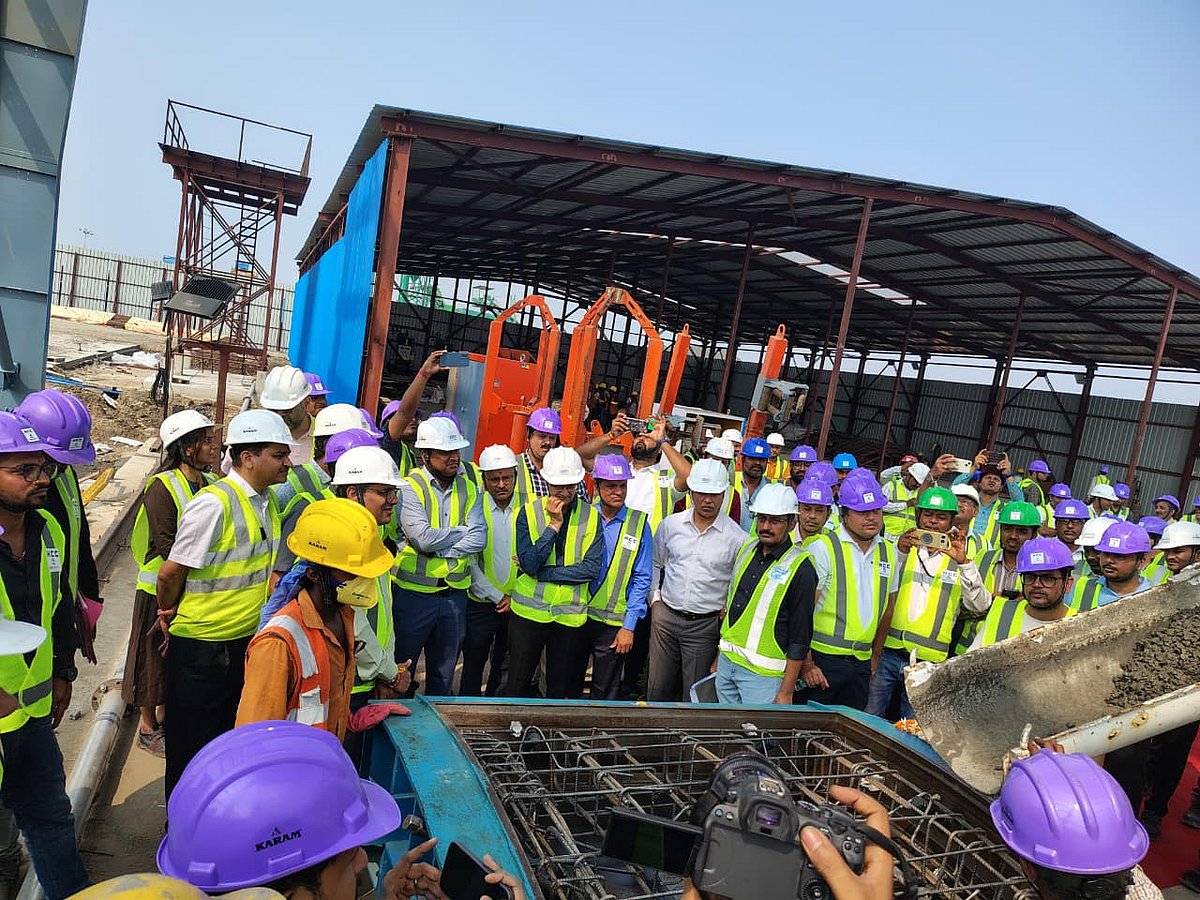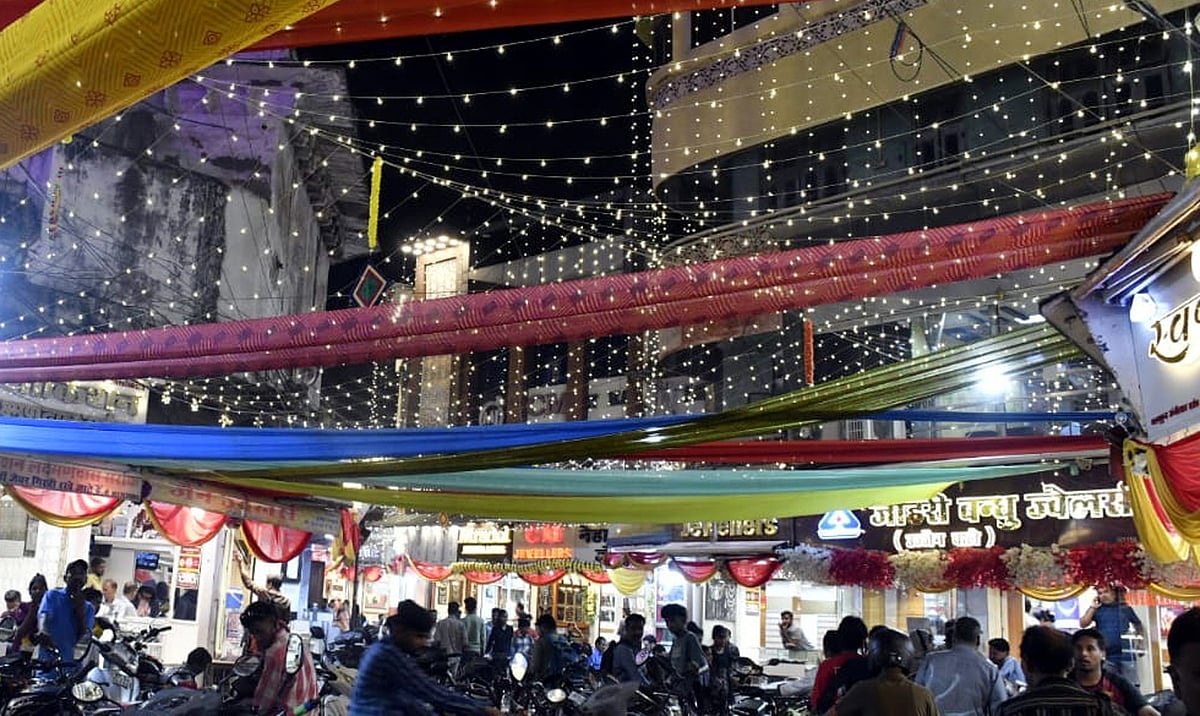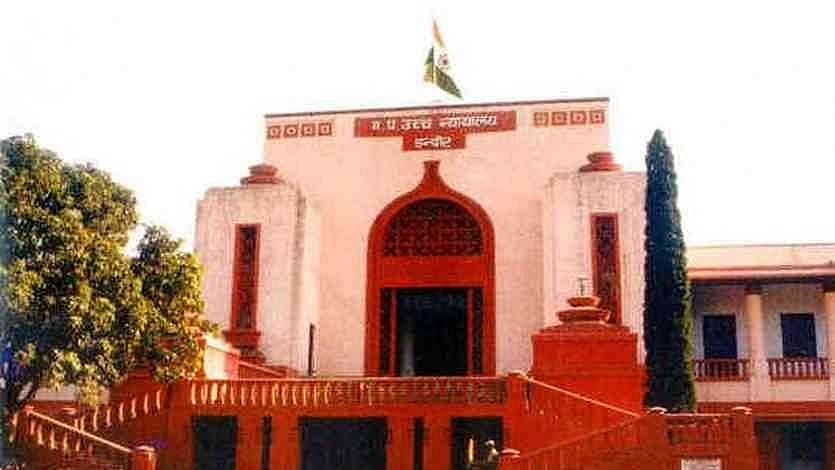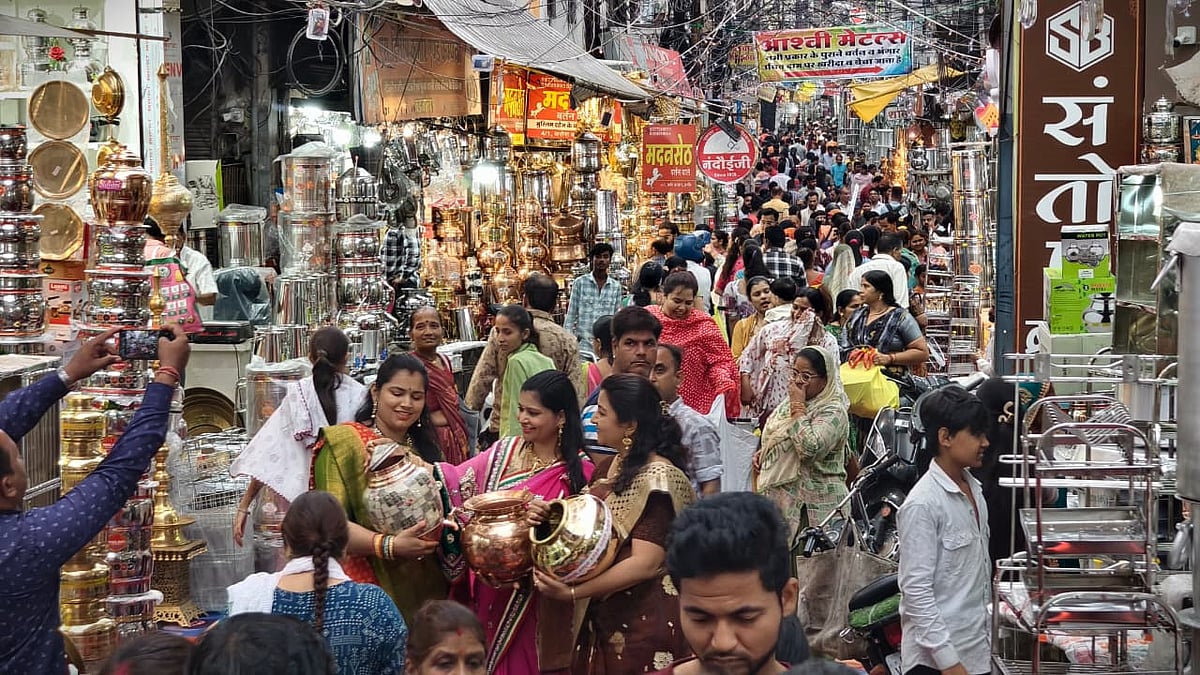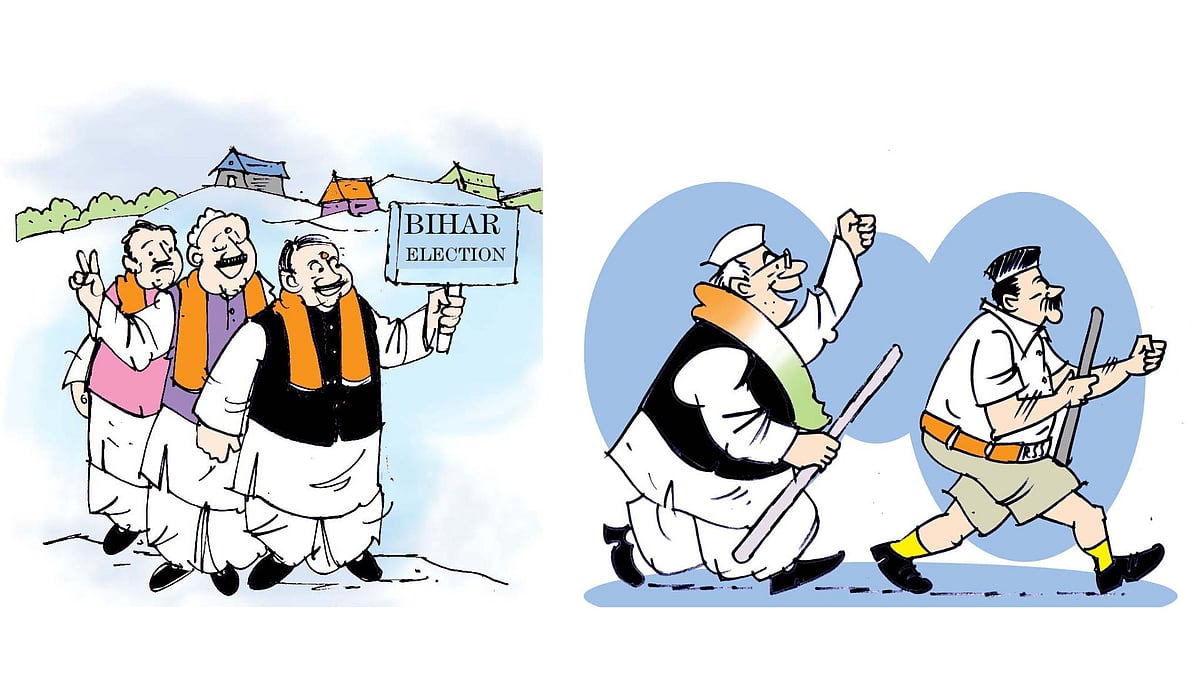Indore (Madhya Pradesh): This year’s Dhanteras in Indore signalled a clear transition in consumer behaviour. With sky-high gold prices and economic pressures, traditional festive buys have taken a backseat. Instead, buyers are prioritising value-driven categories like electronics and vehicles.
As Diwali approaches, retailers are hoping this trend continues — even if it comes at the cost of time-honoured festive shopping habits.
Indore’s festive markets saw a significant shift in consumer spending patterns this Dhanteras, with strong performances in electronics and automobiles, while gold, silver, and utensils recorded lower-than-usual sales. Traders estimate overall Dhanteras-day business at around ?150 crore, down from ?200 crore last year, marking a 25% decline.
Despite the broader festive period since Pushya Nakshatra generating ?2,000 crore in turnover, most retailers reported a 30–40% dip in footfall and sales compared to previous years.
Gold Prices Push Buyers Toward Silver
Gold, traditionally a cornerstone of Dhanteras shopping, saw a sharp fall in demand in Indore this year. With prices touching ?1,33,000 per 10 grams, even loyal gold buyers are shying away.
“People are not able to afford gold at these prices. The middle class, in particular, is completely priced out,” said Hukam Soni, a long-time jeweller in Sarafa Bazaar. “They are still buying silver, but even those purchases are limited.”
As a result, silver too saw slower sales than expected, despite being a more affordable option. Jewellers reported that customers mostly opted for small coins or utility items, rather than ornaments or larger pieces.
Utensil Market Hit by Weather Woes
Another casualty this season was the utensil market, especially for tamba (copper) and pital (brass) items traditionally purchased for religious rituals. Traders blame unseasonal rains in the region, which kept many rural and semi-urban buyers away from the city markets.
“Sales were low this year. Rain disrupted travel from nearby areas, and rural demand just didn’t pick up,” explained Surendra Mehta, a metals trader.
Electronics and Automobiles Lead with 20% Growth
In contrast, electronics and automobile sectors saw a 20% rise in sales, defying the overall market slump. Consumer preference shifted toward practical, long-term investments in home appliances and mobility.
Mobile phones, large-screen TVs (55–65 inch), washing machines, and air conditioners were among the best-selling electronics items. Retailers say GST cuts, exchange offers, and new technology features helped boost interest.
“Buyers are looking for better technology and larger screen sizes. GST reductions this year made a real difference,” said Gaurav Pahwa, an electronics dealer in Indore. Automobile showrooms also reported a higher-than-expected number of bookings, with strong demand across both two-wheelers and cars.
“Bookings were higher than expected. Finance schemes and better supply this year helped boost numbers,” said Tanveer Khan, a local auto dealer.
